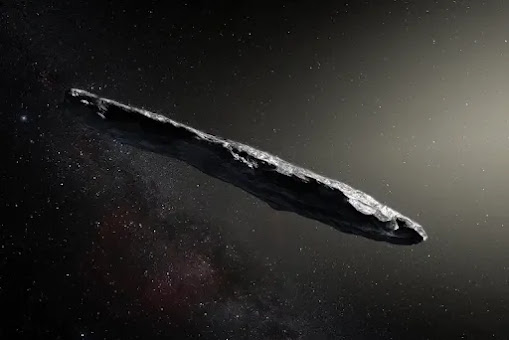Image courtesy of Patrik
Neckman CC BY-SA 2.0,
Joel Kontinen
Evolutionists know that the end-Cretaceous extinction event drove ecological change and species turnover in terrestrial systems,. But if they believe in evolution, they know less about how this event may have altered marine systems.
“Guinot and Condamine looked at a large database of elasmobranch (sharks, skates, and rays) fossils to test for changes that may have occurred in marine ecosystems at the end of the Cretaceous. They found substantial loss of species, especially those that fed on shelled prey and those on the ocean bottom. Pelagic species and those at higher latitudes had higher survival, showing that differential species survival shaped marine systems across the Cretaceous–Paleogene boundary, ”
This research does not take into account what really happened millions of years ago, only that that sharks, skates and rays were numerous in the bygone days.
Source:
Source: Vignieri , Sacha. 2023. A major marine shift. Science 24 Febraury.

.jpg)

.jpg)






.jpg)

















